Your cart is currently empty!
Ancient F4–Prince of Lanling, the Fearless Tsukasa Doumyouji (道明寺司) & Original form for Mulan
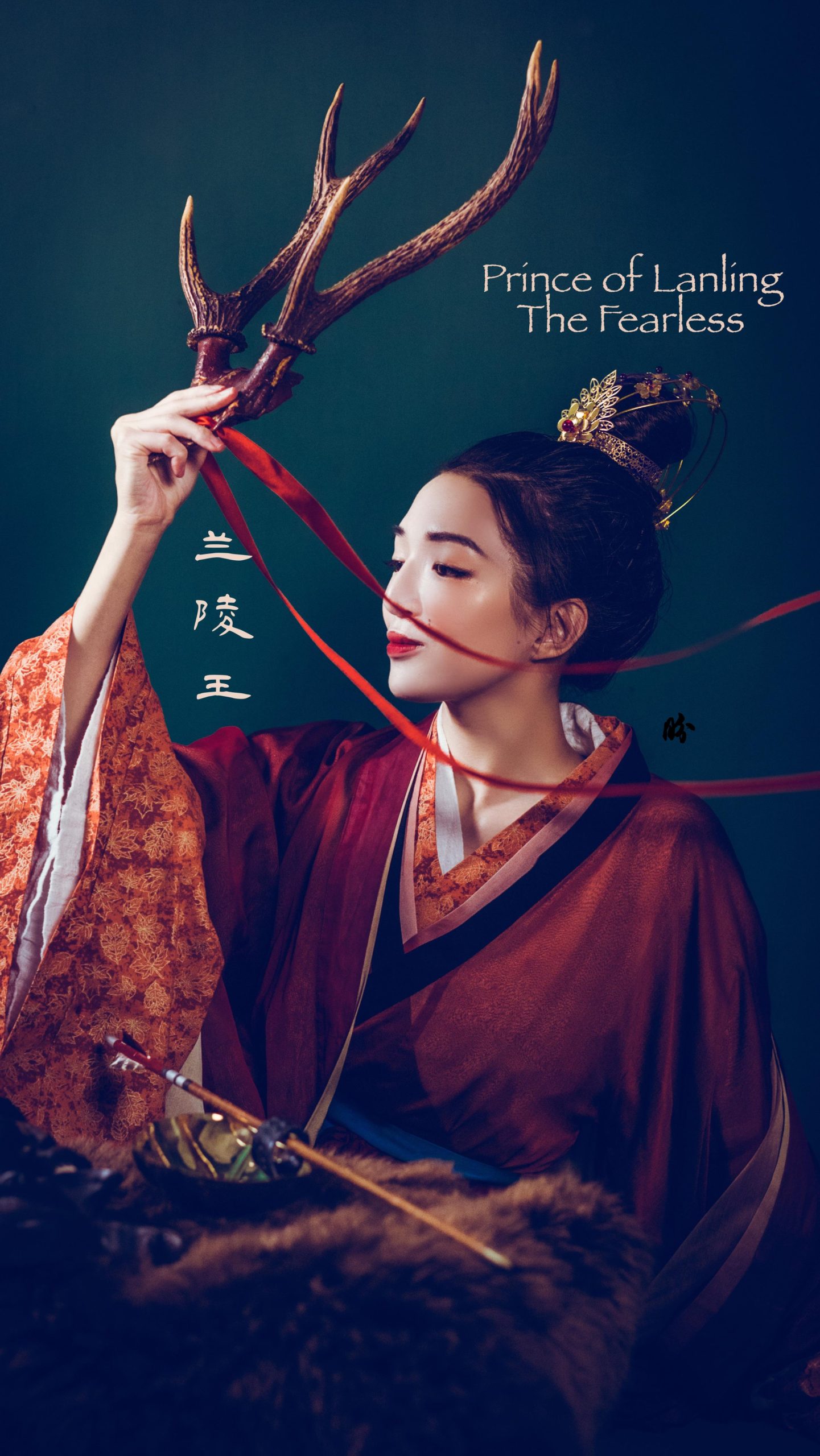
BREAKING: Mulan’s original form was possibly a bi-racial prince who looked like a beautiful woman
Just when I thought I’m too late to the Mulan trendjacking, the latest boycott mulan movement seems to coincide quite timely with this article.
It is my theory that the original form/inspiration for Mulan is actually the Prince of Lanling. He is a mixed-ancestry prince (part Central Asian part Han Chinese), who was rumoured to have the look of a beautiful woman (kinda the other way round). And I will talk about why towards the end of this article. I hope this could open our mind to new ideas of what Chinese man and woman identities were in the ancient past, and allow us to question a bit more about the concept of “Chineseness”.
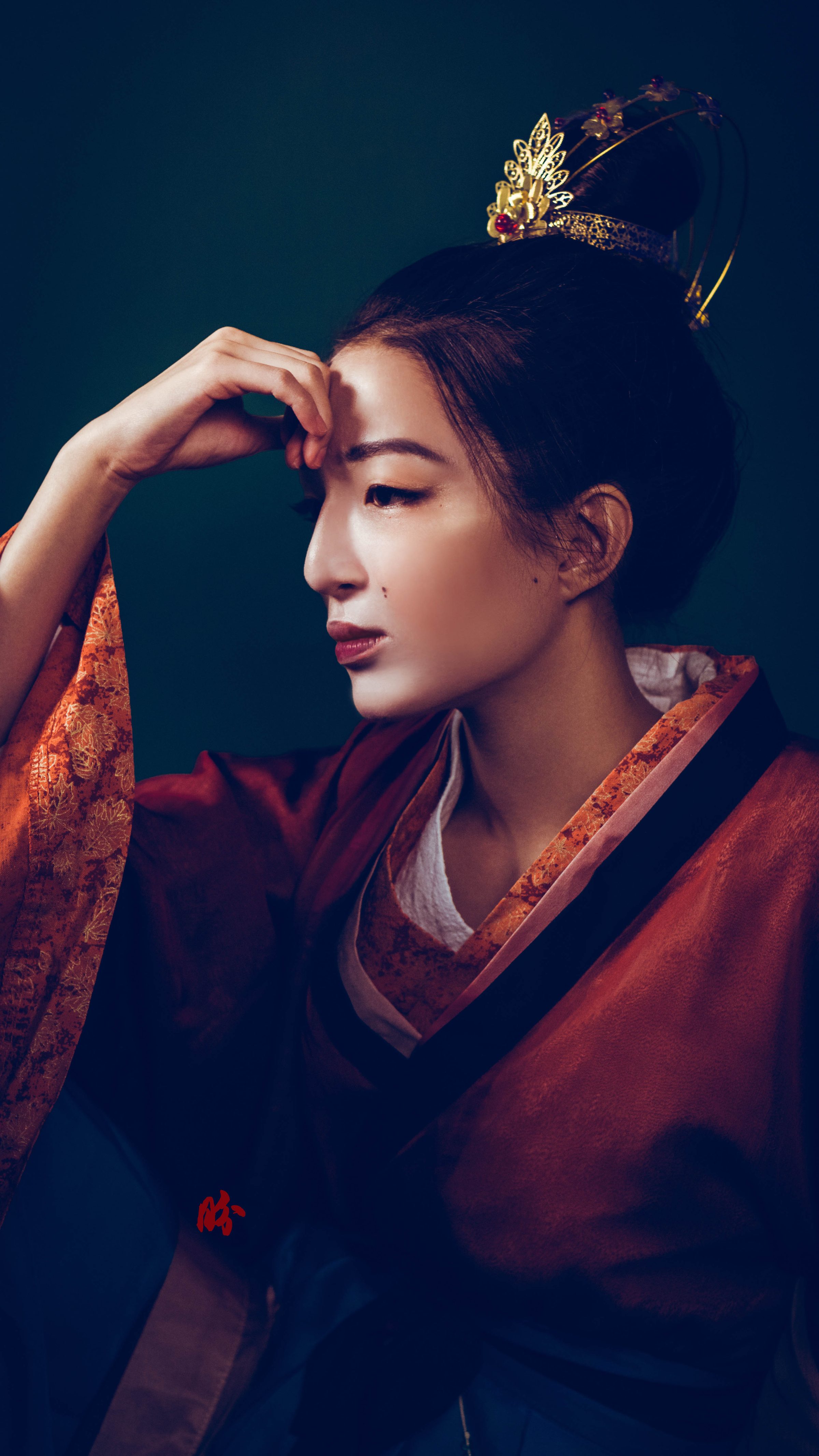
In terms of F4, while Pan An was said to be rather badass for carrying a catapult wherever he went, he’s no match for the amount of testosterone embodied by Prince Lanling (541–573 CE) for Prince Lanling is half man half beast (lol, at least to the Han Chinese, anyone with Hu/barbarian blood would likely to be considered somewhat beastly) with the face of an angel/beautiful woman. Similarly, I would say that Doumyouji is arguably the most manly of the lot, and he is quite a softie deep down underneath that mask of masculinity.
A fearless mask
He was greatly feared, and fearless. Hiding his beautiful face behind a terrifying mask.
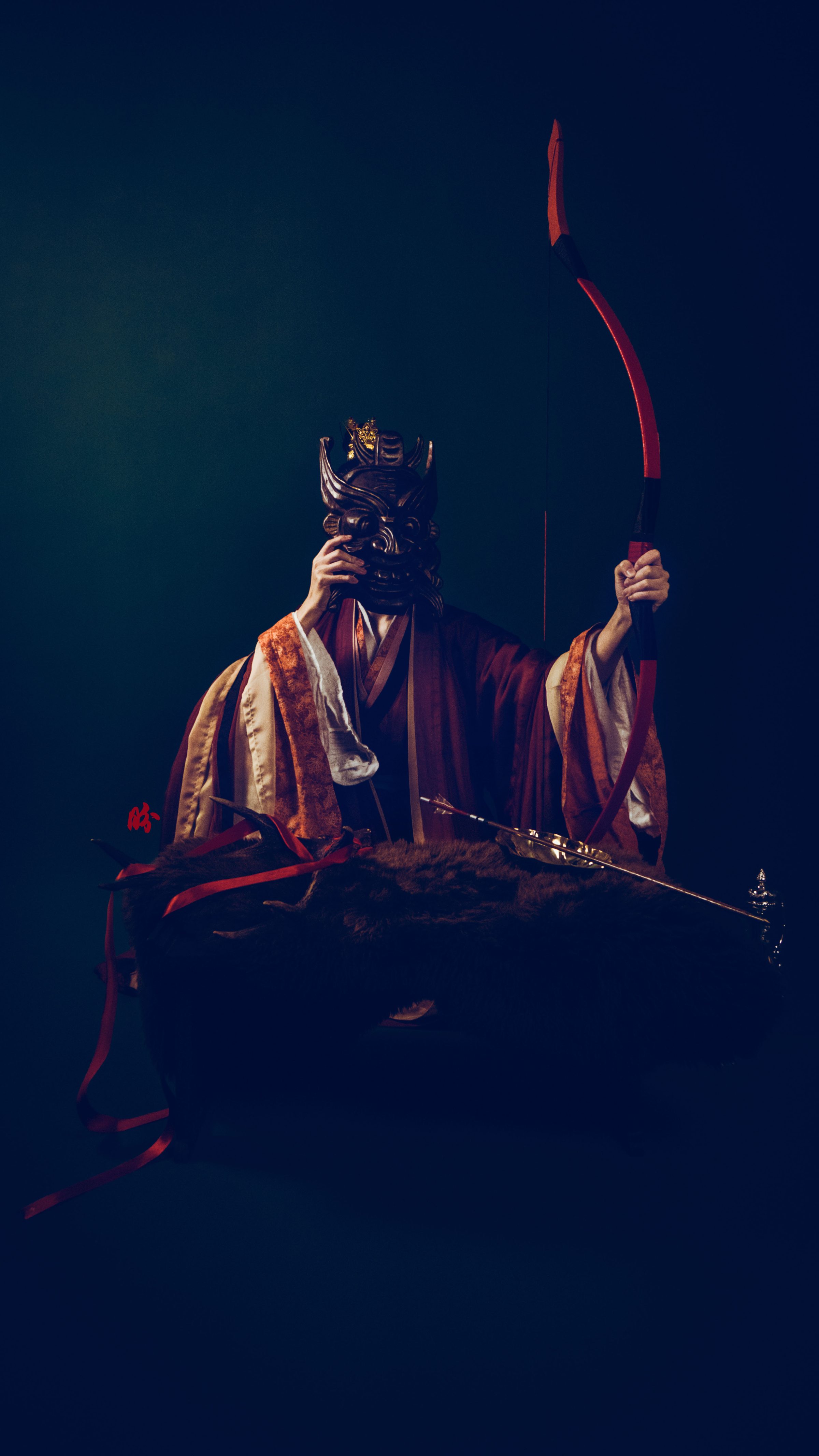
The mask in the image is actually the mask of Nuo theatre, which was one of the most ancient masked theatre artform in the world dating back to as far as 3,000 years ago. It is still being performed by people in China today (although rather obscure), and was the predecessor of the Japanese Noh theatre in some remote way. It started as a ritualistic performance in the far ancient period, and slowly became more performative.
In particular, during the Tang dynasty, due to the popularity of Buddhism, the ritualistic element of Nuo theatre greatly diminished and became a lot more entertaining. It was also during this period that Japan sent a lot of scholars and monks to China and brought back a lot of these artforms to Japan.
The Japanese, till this day, still perform the famous Song of Prince Lanling in battle (兰陵王入阵曲)as a ritualistic dance in various places like Hokkaido and Hiroshima with a mask (images above). This is the oldest Chinese performing theatre music piece (done with masks, mask theatre was very popular then), and wildly popular during early Tang (7th century) dynasty. However, the piece faded into obscurity towards mid-Tang (8th century) dynasty.

The mask was said to be so terrifying that it struck fear in all the enemies’ soldiers and added to his formidable reputation.
Mulan, a woman pretending to be a man, or just a man who looks like a woman?
Underneath the mask, it was said to hold the beautiful face of Prince Lanling, that looked remarkably like a beautiful woman. Interestingly, the story of Mulan surfaced around the time of Prince Lanling (the exact period/date is unclear and up for debate) but I would like to entertain the thought that perhaps, just perhaps, the rumour of Prince Lanling’s feminine look might just have sparked off some ideas for the tale of Mulan. Who knows!
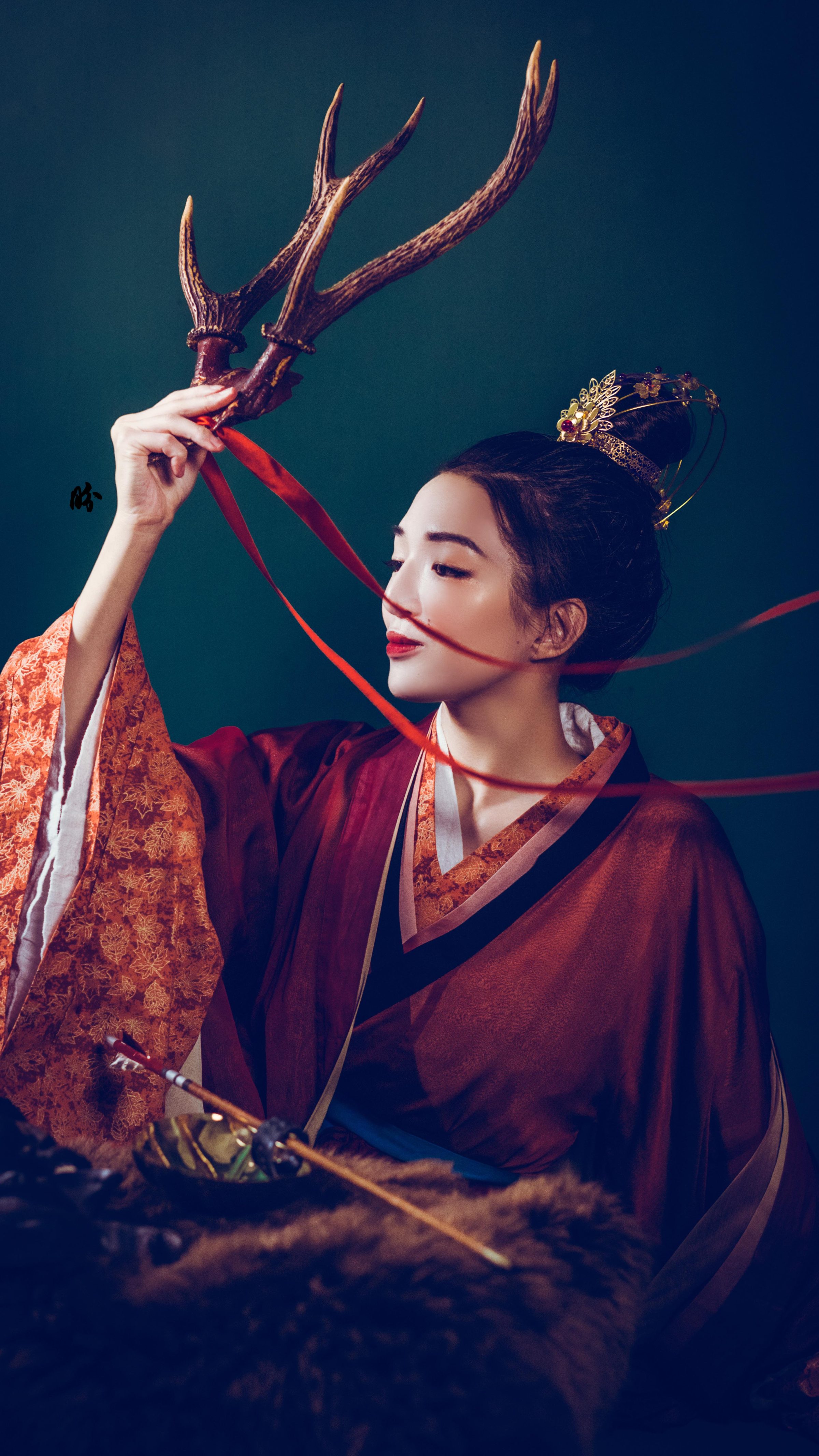
He was said to be extremely fair, perhaps as a result of his biracial lineage. You see, contrary to popular belief that the Chinese identity is a monolithic and homogenous one since about 1,800 years ago, there has been a lot of cross-racial and cross-cultural marriages happening between Siberians and Chinese, or Central Asians and Chinese. Prince Lanling was believed to be of Xianbei (somewhat like Siberian) and Chinese ancestry–Eurasian look.
What’s more fascinating is that according to scholar Chen Sanping, the origin of the word Mulan, was a reference to deer in Altaic language, and it has a second layer of nuanced meaning of being male and mighty (sounds like Prince Lanling alright). Chen Sanping wrote extensively to establish this in his book Multicultural China in the Early Middle Ages, which includes the period after Han dynasty (when the story of Mulan and Prince Lanling first emerged) where a significant part of China was taken over by the nomadic tribes surrounding it. And the people of China, especially the imperial families with mixed western and Chinese ancestries such as the Tang imperial families, continued using their native tongue and infused it into the Chinese language.
Chinese mythology and tales have always taken on different spins. Take for example the famous 西王母 Xi Wang Mu who is well known by all as the wife of Jade Emperor. The earliest mention of her was actually a Caveman in the Classics of Mountains and Seas, somehow records got misinterpreted and he became a female deity later on. So it’s not too far fetched to imagine that perhaps Mulan was actually inspired by the rumoured feminine look of Prince of Lanling!
Mulan’s story on diversity and inclusivity
So if we dig deeper into history, the story of Mulan could actually represent something so much more inclusive–gender identity-wise, and cultural diversity-wise. We could explore how the ancient concept of masculinity in Chinese culture was not all about brawn and muscles, but calmness and elegance (because the muscular West were deemed barbaric to the Chinese in those days, who valued education and civility above physical strength). It would also explain better how an obviously feminine person could possibly pass off as male because gender difference in ancient China in terms of dressing and look really wasn’t that much of polar opposites.
We would also realise that the concept of Chineseness is not that simple after all. In the last 2000 years, the Chinese were ruled and greatly influenced by the non-Han Chinese cultures for a large part. So while it is often tempting to draw a clear line and discuss the difference between East and West, we often neglect that that line is too wide and too grey to be truly representative of the complexity within. Rulers like the Tang imperial family brought in so much of Central Asia into China, that culturally you would find that Tang Chinese were much closer to the West than our concept of China and Chinese culture today.
And on this note, I would like to end by tying back to Doumyouji. He has curly hair–something not typically Chinese. Who knows, maybe like Prince Lanling, he too has mixed ancestry!
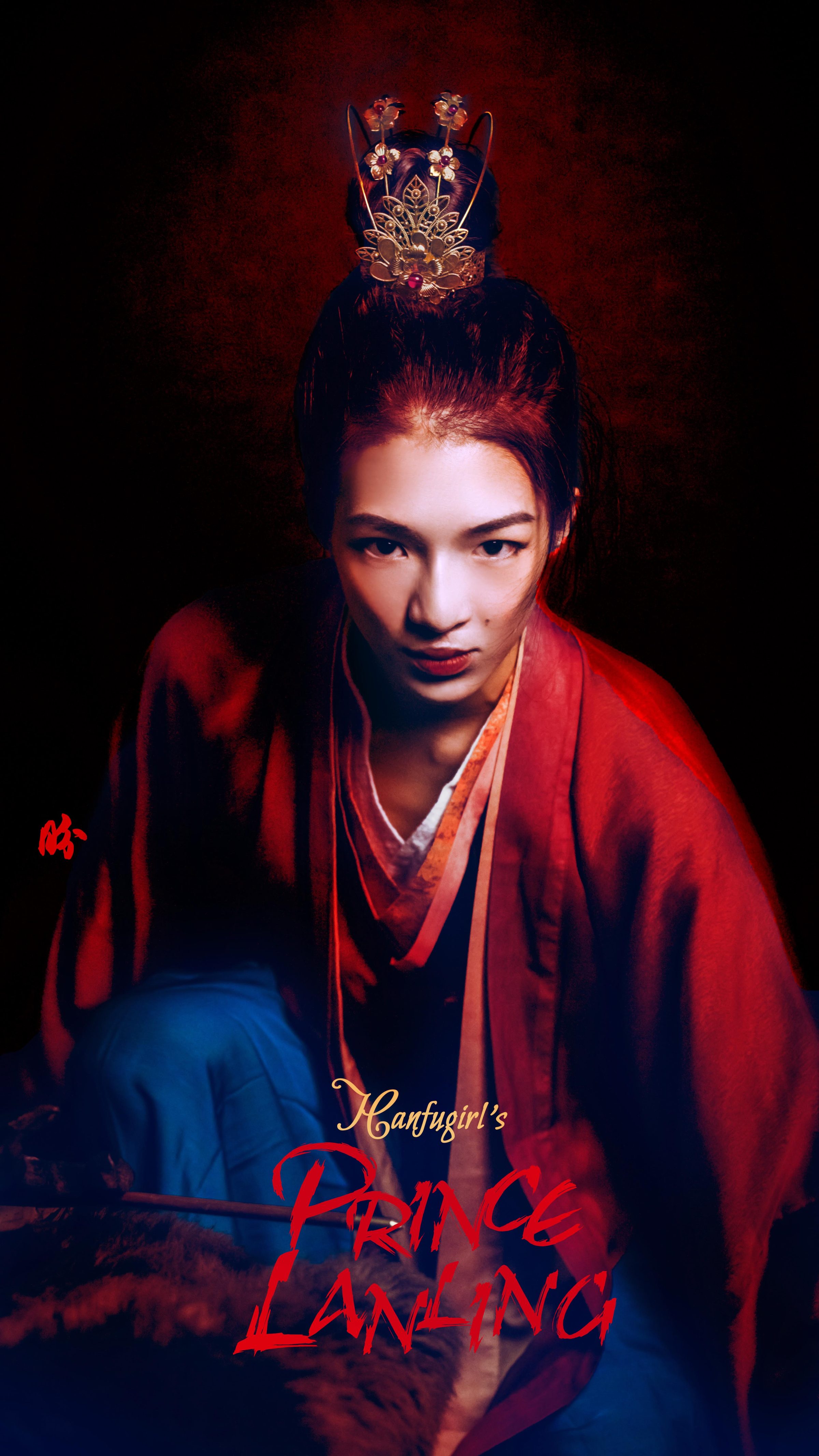
One response to “Ancient F4–Prince of Lanling, the Fearless Tsukasa Doumyouji (道明寺司) & Original form for Mulan”

Your images and the stories they weave are enthralling! It’s such a visual treasure-trove, thank you for sharing them with us. I greatly enjoy your write-ups as well and the obscure tidbits of Chinese history you share, particularly your nuanced take on what it means to be Chinese, and how the past connects to the present. Marvellous work 🙂

Leave a Reply